The Chinese car market is the biggest in the world. Last year alone more than 30 million of them were registered - three times the number in Europe. That's not a surprise, of course: it's why European firms have long flocked to China to sell their wares.
What might be news, though, is that China is home to 61 domestic manufacturers. Those brands are split among 18 different powerhouses, from the behemoths of Geely (owner of Volvo, Polestar and Lotus) and BYD (the world's biggest maker of PHEVs) to the state-controlled Changan and SAIC (MG's new parent).
Strong sales in their home market has, over the past few years, resulted in these Chinese companies attempting to go global, and with much success: from 2020 car exports quintupled in just three years to 4.9 million. This means the country is now the biggest exporter of vehicles in the world, overtaking Japan (home of the world's biggest car maker, Toyota).
It's not just sheer volume that's putting China on the automotive map - these days it's quality, too. For instance, the MG 4, priced from £25,000, was the UK's second-best-selling electric car last year, behind the Tesla Model Y. BYD and Geely-owned Zeekr are other Chinese car firms making waves in the UK, with Xpeng, Nio (the one with the battery-changing stations) and Chery-owned Omoda coming soon.
Another name to take note of is Great Wall Motor. GWM is the fifth-biggest player in its home country, with 1.2 million global sales last year, and under its wing are five brands: Poer (pronounced Power), Haval, Wey, Tank and Ora.

GWM isn't strictly new to Europe - although its efforts so far don't inspire confidence. Once the only Chinese brand to sell vehicles in the region, it flirted with the UK with the now-discontinued - and two-star-rated - Steed pick-up. You can be forgiven for not remembering it.
Its latest venture here is Ora, the EV-only brand that focuses on quirky styling to carve a niche in some saturated segments. It arrived here in 2022 with the Funky Cat (now the GWM Ora 03), a Volkswagen ID 3-chasing, well-equipped but flawed raised hatchback. The Ora 07 saloon - think a Chinese Hyundai Ioniq 6 - is on the way later this year, and an SUV has been tipped to follow.
So with just one brand and two cars in the market, why should UK buyers care about GWM's niche name? Because, before long, it might not be so niche.
Having already cracked Australia and parts of South America, GWM is promising to turn its focus to Europe. "No brand is ruled out when it comes to expanding into our European markets," says Thiemo Jahnke, GWM's European brand and marketing director, adding: "Especially the UK."
Key to this wide-reaching ambition is that GWM is already well established in other European markets, especially Germany.

In Bavaria it sells the Wey 05 (formerly the Coffee 01), a Europe-only, Mazda CX-5-sized hybrid SUV, while the smaller 03 is on the way. Both are tipped to come to the UK. Its Haval SUV and Poer pick-up truck brands are also well known in eastern Europe.
In Russia, GWM's Tula manufacturing and engine plant - opened in 2018, in a first for a Chinese car maker outside of its home market - produces 150,000 cars for markets such as Russia and Bulgaria, where it previously also had a factory. Other locations in Europe are being looked at.
What could hold it back, however, is that GWM's European business will now be conducted from China after it closed its Munich base last month, with the loss of 100 jobs. This decision, it says, was due to tough market conditions and the "very concrete threat of punitive taxes" on imported Chinese cars that are currently being considered by EU legislators.
Regardless, the changes won't affect sales in Europe or the UK, promises GWM. Its UK operations are handled by distributor IML.
Behind the scenes, GWM has also been fundamental in creating the next generation of one of the UK's biggest automotive names: Mini.
As part of a £183 million joint venture, the BMW-owned brand's new electric Cooper and Aceman models are being built at the Chinese group's Zhangjiagang plant. This will cater for both the local and global markets before Mini's Oxford factory takes on European builds from 2026. Along with this, the deal means GWM and BMW are jointly developing cars.
Translating something that works in China, a market that favours in-car tech over drivability, to Europe, a market that doesn't, is the biggest challenge for GWM.

This was demonstrated clearly by the Funky Cat's reception in the UK: our two-and-a-half-star road test verdict pointed to its cheerful exterior being overshadowed by issues concerning "range, charging, long-distance comfort, ease of use, multimedia and assisted driving".
"Yes, it can be better, it will be better, but it is not the worst and is still competitive," says chief BEV engineer Rolf Albrecht, when asked why GWM launched a car that felt both unfinished and lacking from European market testing.
So what was the goal? "We do not want to be the leaders, we want to have a robust system," he says. "We have ideas of what we want to do better. I've taken the feedback [from the reviews) in."
Albrecht adds that feedback will "give us a chance to improve and get better", but he admits the firm "doesn't want to take risks".
Instead, the focus is on upgrading charging speeds and making the in-car software and technology more 'European-friendly' - so less-intrusive driver monitoring systems, for instance.
Designs will also be tailored to be more appealing to European customers. Key to this is the opening of two new design studios, one in Munich and the other in Turin, and they will be tasked with feeding European trends' into concepts. Design boss Andrew Dyson says: "They are so we can get a feel for the European market and secure talent from European designers."
How much of this will make it onto the roads, however, is more difficult to predict. According to Dyson, who helped conceive cars such as the Chrysler Crossfire and Vauxhall Mokka, GWM owner Wei Jianjun signs off every vehicle, and he takes part in design reviews every Friday. "He will say if he likes something or not," adds Dyson. "He has the final say."

So what's next? Expect an influx of brands and models in Europe, including the UK, to begin with. GWM says it is targeting the "aspiring middle class" who are "tech-savvy and quality-focused", and one brand that fits this mould is Wey.
Already on sale in Germany and tipped to come to the UK, Wey has the fundamentals to do well here, with exterior and interior styling that feel much more suited to European tastes.
Another that fits this demographic is Tank, GWM's flagship marque, but don't expect to see it here.

The issue is the business case: Tank told us the luxury SUV brand is positioned to compete with the likes of Range Rover, Defender and Mercedes-Benz G-Class. That's not a problem in China, but in Europe those competitor brands have too much clout to steal their customers.
Regardless, the expansion plan is in full swing. GWM is targeting much of mainland Europe, including Spain, Italy, Portugal, Belgium, Luxembourg, the Netherlands, Austria, Switzerland, Denmark and Bulgaria.
In a bid to expand faster, GWM has even completed a renaming overhaul, with everything Europe-bound (such as the Funky Cat) positioned as product lines under the GWM name. "This will help us create a stronger consumer brand in the tough European marketplace and a faster awareness and familiarity ramp-up," says Jahnke. "Ultimately, this approach will ease further portfolio expansion in Europe."

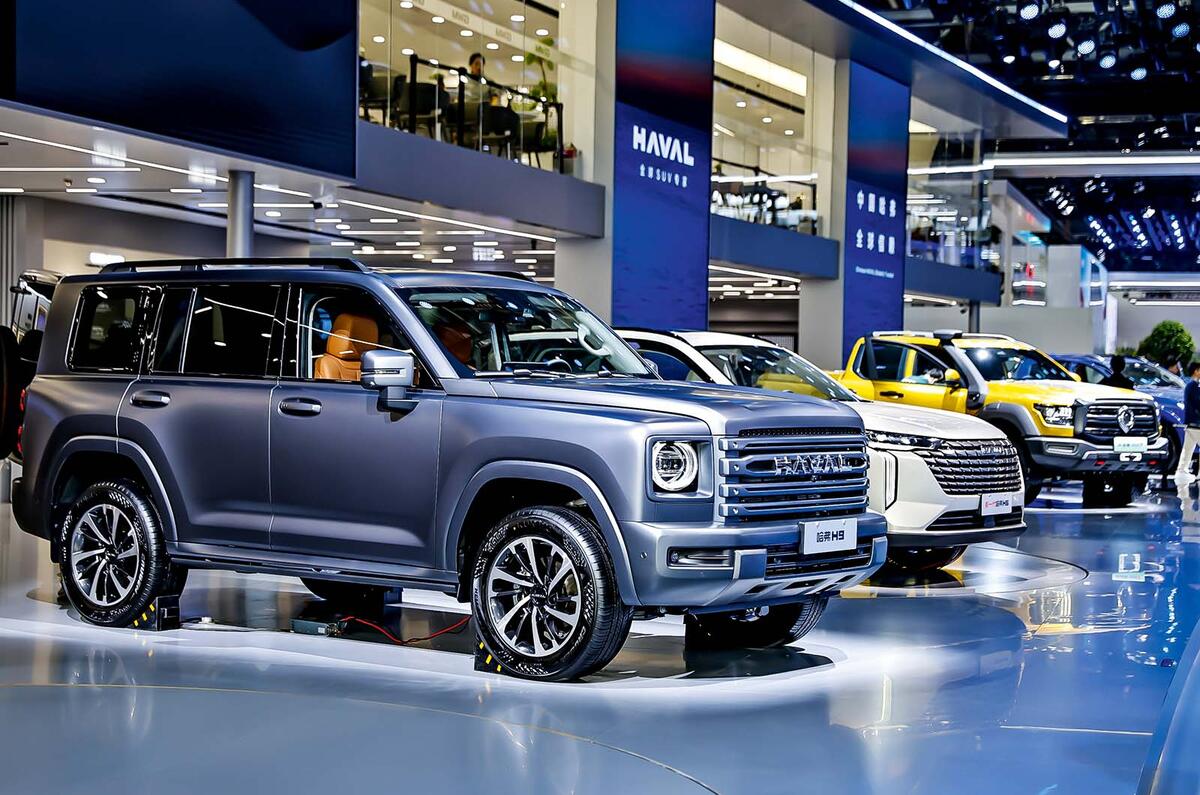
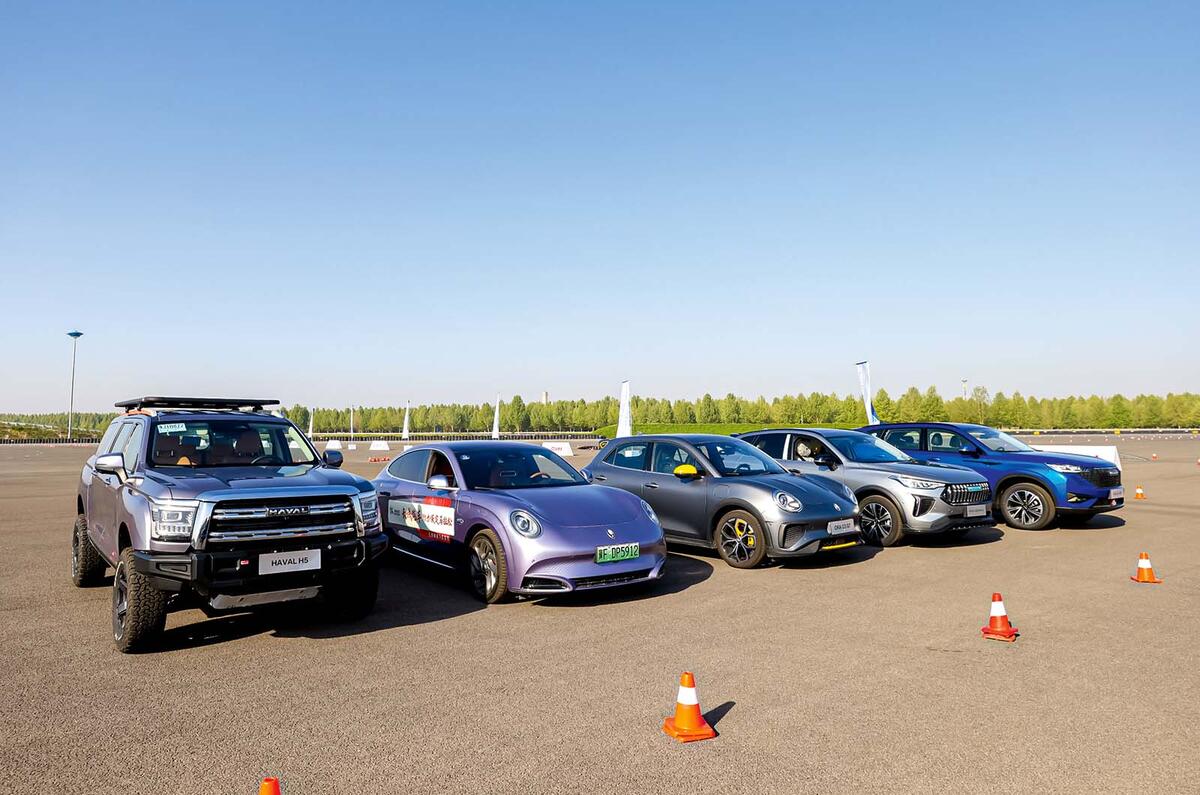
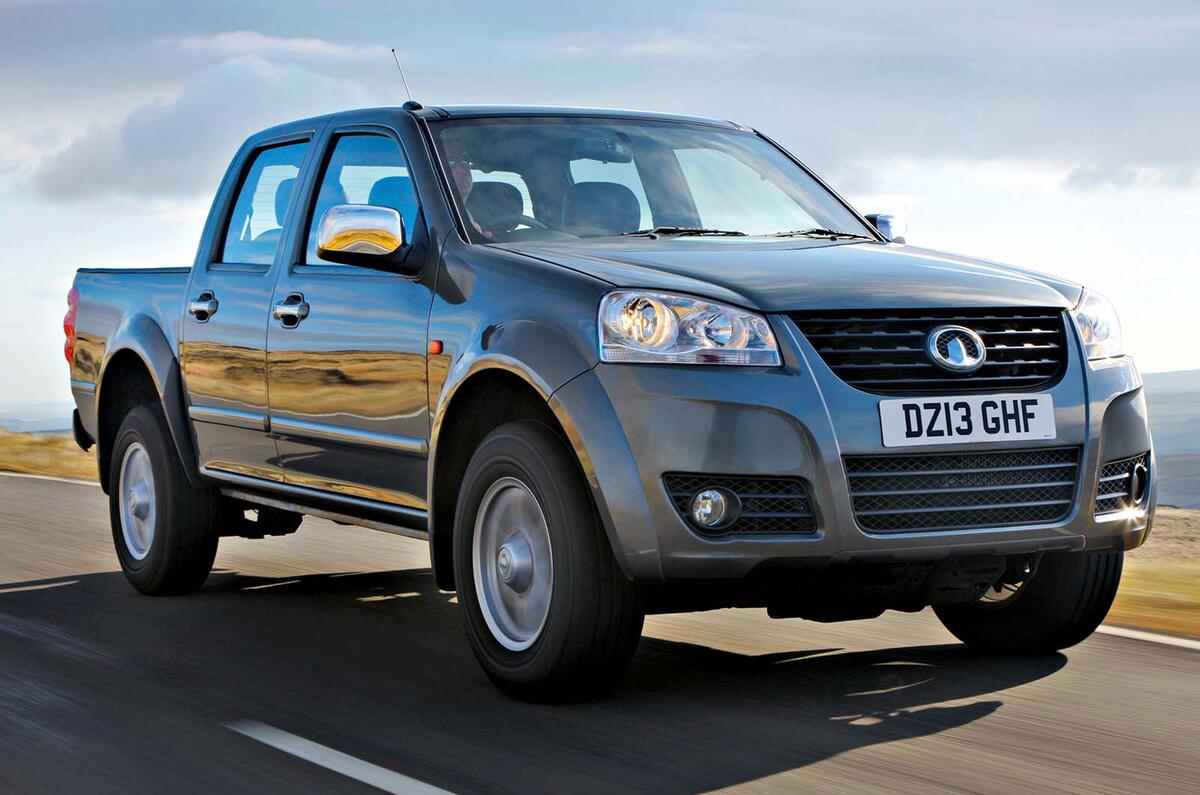
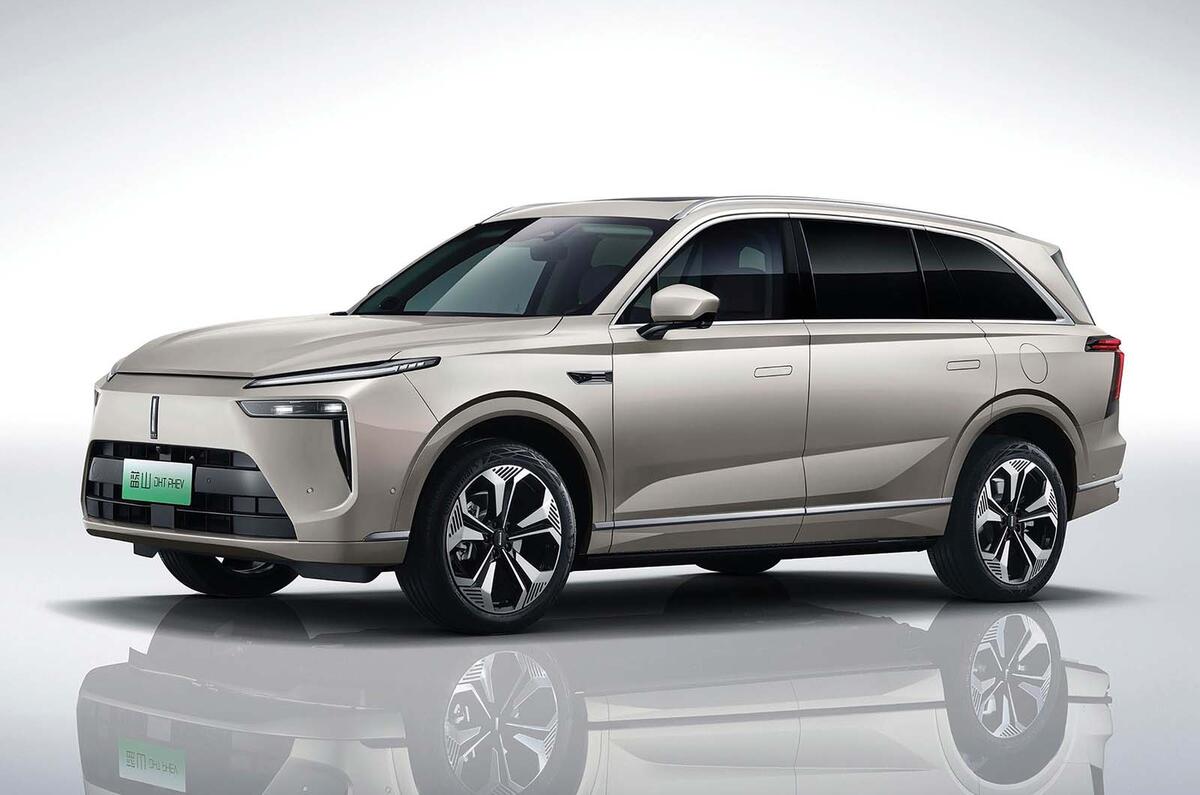
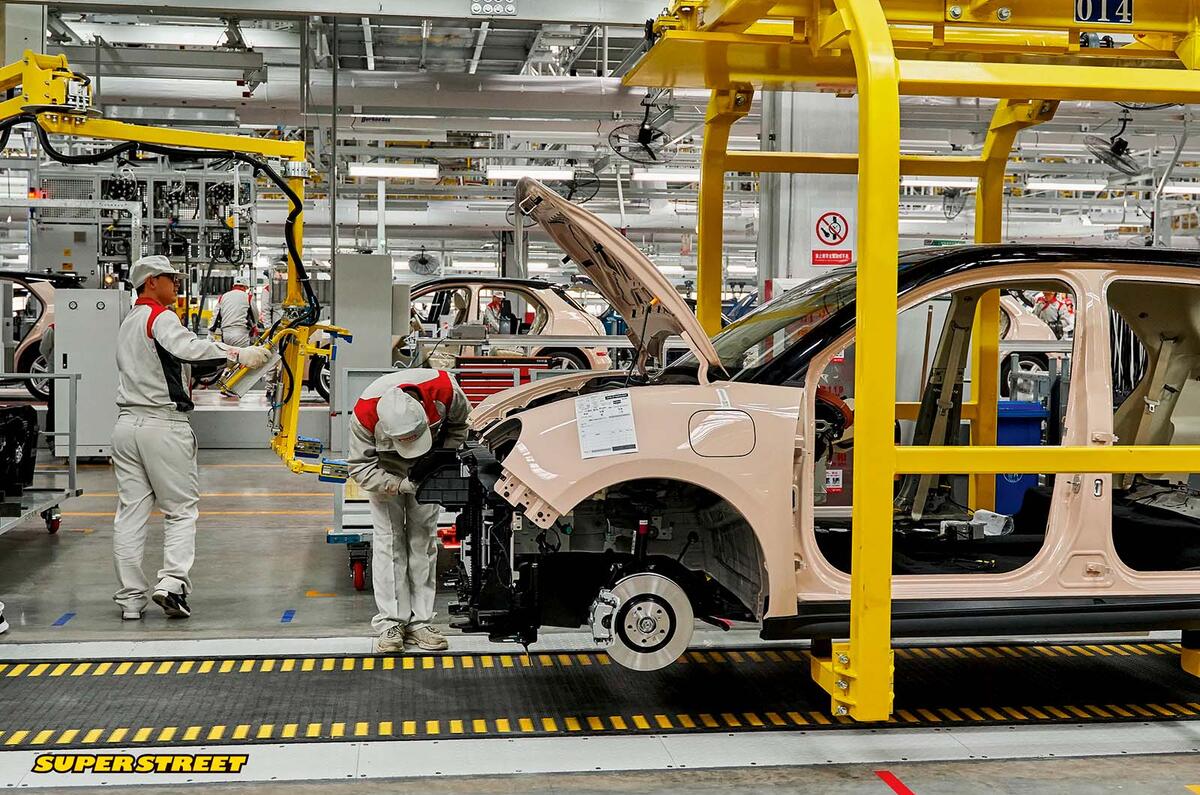
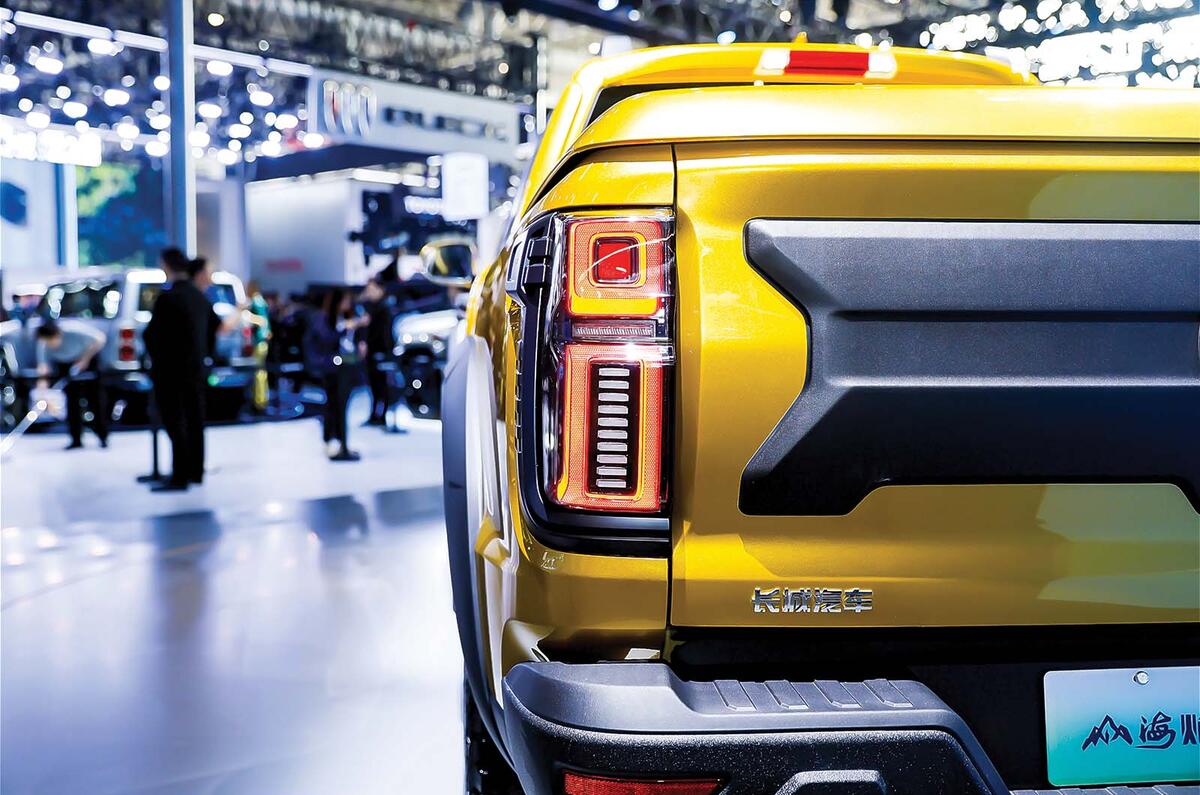

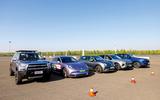
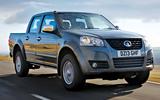
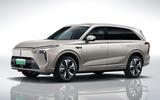
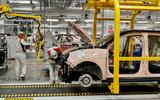
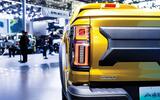






Join the debate
Add your comment
I'm not sure brands with these names will ever become successful in Europe. Especially the UK where we are very badge and brand snobbish.
The CCP is subsidising their car manufacturers so they can outmarket every other manufacturer on price alone. As far as I can I will buy everything else but these.
Sounds soon we'll all be bowing to our Chinese overlords when buying cars, as we do with most other goods that we buy these days!